The mighty mineral
View(s):In this 2nd in our series on ‘Essential Minerals’, we feature the important trace mineral Zinc
The following foods are not onlydelicious but are also high in zinc:
By Dr. Nirmala M. Pieris
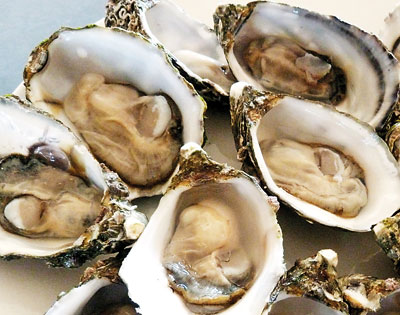
Oysters Oysters are a zinc powerhouse no matter if they are cooked, canned, or on the half-shell. So immaterial of how you serve them, you’re in for a tasty treat and a stronger immune system.
Zinc is a vital trace mineral second only to iron in the important role it plays in our body. As it is a trace mineral only small amounts are needed, but do not underestimate the power of this mighty mineral. Zinc is present in cells throughout the body and is needed for the immune system to work well and also plays a role in cell division and growth, wound healing, and the breakdown of carbohydrates.
Further, zinc is required to maintain skin integrity and structure. Those experiencing chronic wounds or ulcers often have deficient zinc metabolism and lower serum zinc levels. Zinc is also needed for the senses of smell and taste. Getting enough zinc during pregnancy, infancy, and childhood is important to support rapid cell growth.
Zinc also enhances the action of insulin. The benefits of getting enough zinc does not stop here with zinc being further linked to reduced severity and duration of the common cold, improved thyroid function, more effective blood clotting and even decreased effects of age-related macular degeneration as optimal levels of zinc are required to convert beta carotene to retinol (vitamin A) the active form required for vision.
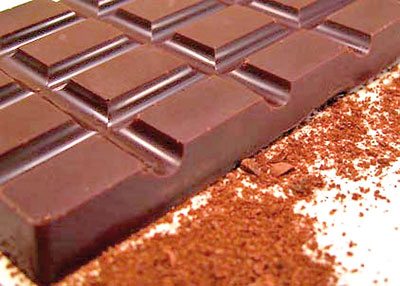
Dark chocolate Yet another exciting fact about dark chocolate is that it is a source of zinc. And the darker, the better. However, remember that it also has calories and sugar so have only a small serving per day.
Zinc deficiency is usually due to insufficient dietary intake but may also be due to mal-absorption and chronic illnesses such as diabetes, malignancy and liver disease. Symptoms of zinc deficiency include frequent infection, loss of hair, poor appetite and problems with sense of taste and smell and skin sores and wounds that take a long time to heal. Excessive zinc intake can be harmful as it suppresses copper absorption and may lead to adverse effects such as nausea, diarrhoea, abdominal cramps, vomiting, loss of appetite and headaches.
Zinc’s pathway of absorption, transport, and storage in the body is very similar to that of iron. After zinc is consumed from food, absorption occurs in the small intestine that induces the synthesis of metallothionein – a protein that binds and releases zinc. Metallothionein and zinc are analogous to ferritin and iron – both serve as binding and storage mechanisms. However, there are no permanent stores of zinc in the body.
Zinc availability
Similar to other minerals, zinc is usually not lost due to heat, but it can be leached when food is cooked in boiling water and it is thus good to use the cooking liquid in a soup or as stock. Steaming is probably the best cooking method with respect to mineral loss. Zinc in foods is remarkably stable to shelf storage. In fact the food will go bad long before the zinc content changes in any relevant way. Soaking beans, seeds, and grains for several hours, then allowing sprouts to form, may significantly improve zinc bioavailability. Usually between 15 and 35 percent of zinc consumed is absorbed depending on the amount of zinc taken in and whether you eat foods that increase or decrease zinc absorption.
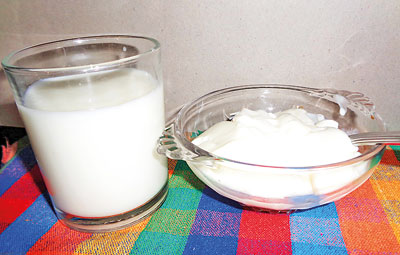
Milk and dairy foods Milk and yoghurt are also delicious and nutritious sources of zinc. Add fat-free or low-fat milk to cereal, oatmeal, and smoothies, and try yogurt topped with fresh fruit, a good way to start your day.
Zinc absorption enhancers
Animal proteins are the most effective in improving zinc absorption. Approximately twice the amount of zinc is absorbed from a high meat diet compared to a vegetarian diet.
Zinc absorption inhibitors
Legumes, whole grains and some other plant foods contain compounds called phytates, which interfere with zinc absorption. There is some evidence that high dietary calcium may further increase the negative effect of phytates, decreasing zinc absorption.Excessive dietary fibre that is not typically well digested can inhibit the absorption of zinc by binding to it. The protein casein has a slight inhibitory effect, so you may want to avoid consuming dairy products at the same time as you consume zinc-rich foods.
Zinc toxicity
The major risk associated with excessive zinc intake is that you will crowd out the ability to absorb other important minerals. In particular, high zinc intakes impair absorption of copper, a nutrient we already struggle to obtain from our diets. Reduced copper absorption, in turn, can lead to anemia and resulting fatigue. Fortunately, it appears that all the published cases of excessive zinc intake involve either a nutritional supplement or a related non-dietary exposure such as denture creams that may contain excessive amounts of zinc.
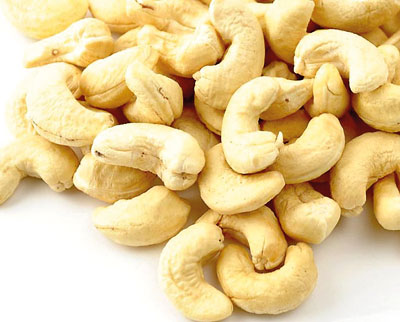
Nuts and seeds Nuts and seeds are yet another great source of zinc. Cashew in particular is a rich source. Other nuts such as peanuts, almonds and pumpkin seeds also provide zinc.
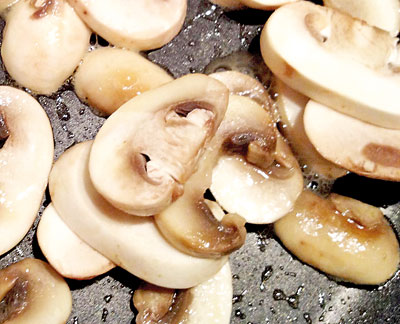
Vegetables Vegetables like mushrooms, spinach, broccoli, kale, and garlic contain zinc, as well as other vital vitamins and minerals. Consuming these foods will give you zinc without adding many calories.
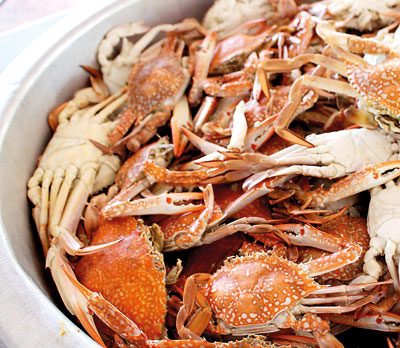
Seafood Crab and lobster are both excellent sources of zinc. Certain types of fish, such as sardines, salmon and sole, also contain zinc, but in less potent doses. With the boost of zinc these foods provide, your heart will be that much happier.
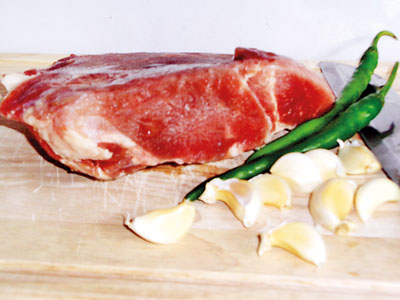
Meat and poultry Beef, pork, and chicken provide a good helping of zinc. For the most nutritious cuts, choose lean meats with any visible fat removed, or skinless poultry. Eggs also contain zinc so have an egg today.
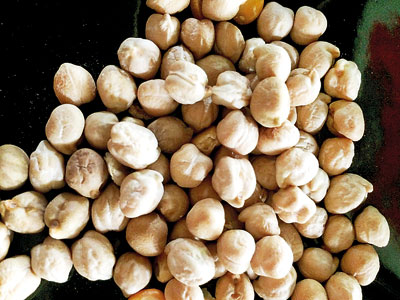
Legumes Legumes such as chickpeas, soybeans, black-eyed peas, kidney beans and lentils will not only give you a dose of zinc but also other essentials such as amino acids, fibre, vitamins and other minerals.
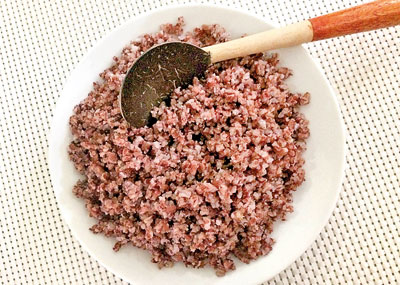
Whole grains Whole grains offer a myriad of health benefits as they are packed with fibre, vitamins and minerals. Red rice, cooked steel cut oats or whole wheat bread are good sources.


